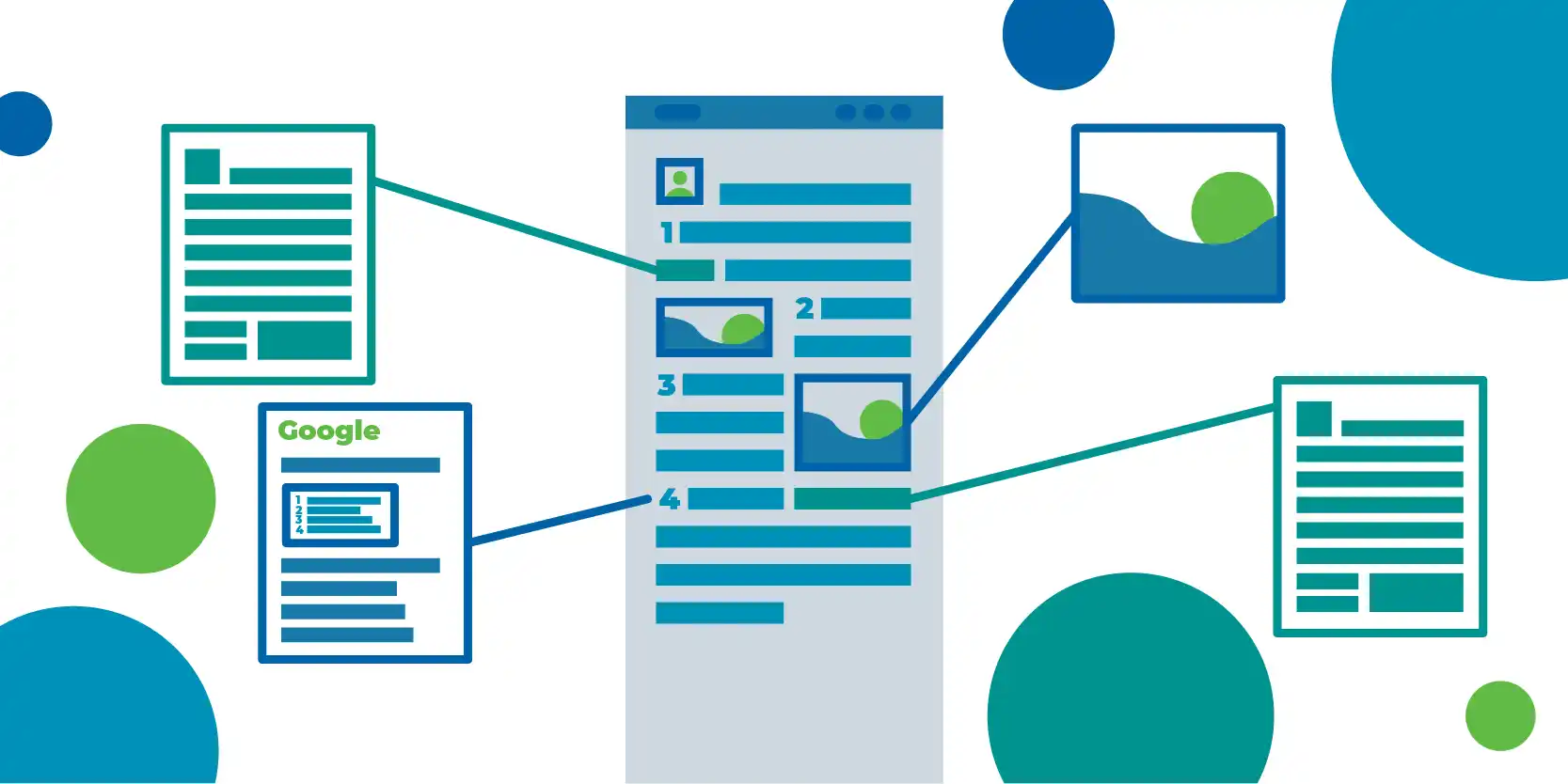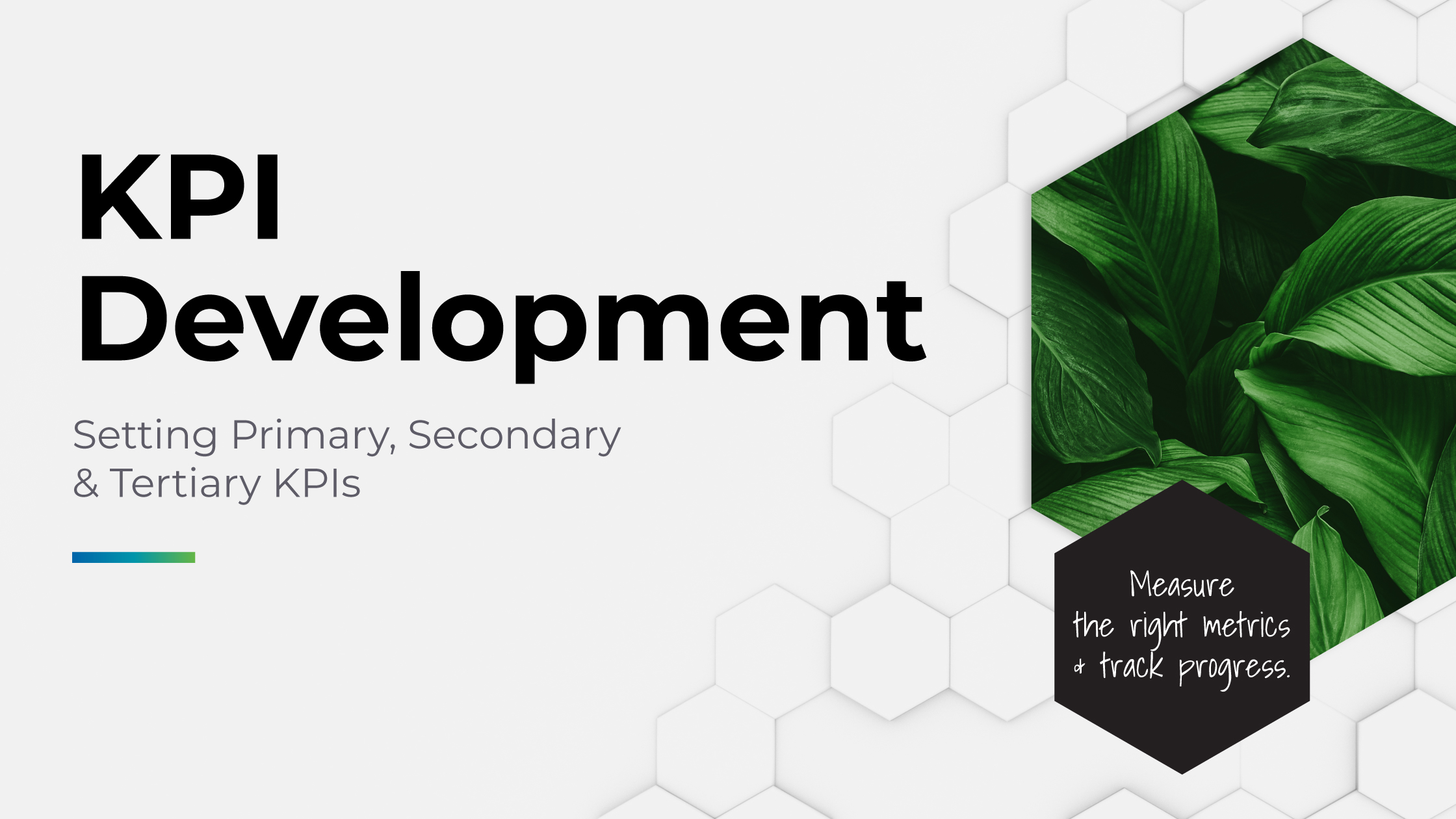A frequently overlooked aspect of any website project—whether it’s a new site, SEO project, redesign, rebrand, or merger—is Americans with Disabilities Act (ADA) Web Compliance. Accessibility is an important component within an inclusive marketing strategy, enabling your brand to serve a wider range of customers and build brand loyalty. In fact, in many ways, applying accessibility best practices creates a better web user experience for everyone—not just niche customers.
Whether you’re reading this because you’re simply looking for information on how to make your site compliant, or perhaps you’re in the unfortunate position of dealing with an active lawsuit for being in violation, we’re here to help you get started on your path to a better web experience for all. In this post we’ll cover:
- Why ADA website accessibility is important
- 3 reasons you should do an ADA audit (spoiler alert, SEO is one of them!)
- How to get started with an ADA audit
Why your website needs to be ADA compliant & guidelines to get there
Making your website accessible may seem like a daunting undertaking, but we promise it’s doable! You can address accessibility at any time, but, ideally it’s done before a site goes live. This will ensure you have the most protection should someone try to litigate; you’ll save costs on web development because changes are made only once; and you’ll ensure you offer your customers the best web experience possible.
There are strict guidelines for building an accessible website. If your site gets a significant amount of mobile traffic, you will want to follow the Web Content Accessibility Guidelines (WCAG) 2.1 which is an extension of the WCAG 2.0.
By following the WCAG 2.1 guidelines, you will:
- Build a site around your customer’s needs which makes for a better experience and tends to yield more recommendations and garner positive search ranking signals
- Reduce the chances your business will become engaged in a lawsuit due to non-compliance (yay!)
- Rest assured you are providing an inclusive web environment for your customers
- Take advantage of the rise of voice search as they leverage similar coding standards as screen readers
3 (more) reasons you should do an ADA compliance audit
Still not convinced ADA accessibility compliance applies to your site? Here are 3 more reasons to pursue compliance:
#1 – SEO
Just by following SEO best practices, you can help make a website more accessible for people with disabilities—and boost organic traffic to your site. The goal here is not to do things like keyword stuff or omit alt text for images, but rather to optimize each piece of HTML for screen readers (and thus voice-search). In the case of launching or re-launching a site, it’s beneficial to consider SEO best practices through the lens of accessibility, which may include:
- Writing title tags in a way that explains what the URL’s content is, including target keyword for SEO purposes and to help searchers of all abilities understand your page meets the intent of their query
- Applying appropriate use of heading tags and other markup techniques such as ordered and unordered lists which break up content and help ensure both search engines and screen readers understand what your content is about
- Reviewing anchor text on your links to help the user know where they’ll go if they click—avoid something vague like “click here”
- Adding alt text for images—again, so users can better understand the content
- Using responsive design, which ensures no matter what device is used to access your website, the user is delivered the best possible viewing experience
- Adding an HTML sitemap and breadcrumbs, which provide additional internal links and a way for search engines to easily crawl a website’s URLs—also good for SEO
#2 – Legal
Companies are getting into lawsuits over ADA violations like never before (if you have an ecommerce site pay especially close attention!). Automatic plugins and toolbars have hit the market to allegedly solve this problem, similar to what AccessiBe offers. While they are a nice idea, they just don’t stand up to a full audit of automatic and manual testing—they may not stand up in a legal setting either. If you’re considering going this route, we recommend you do your due diligence first. Such tools may be cheaper than doing an accessibility audit, but will they really make your site more accessible? More on site audits coming up.
#3 – Inclusion & user experience
It’s more important now than ever to build a sense of community and belonging both within a company and externally with customers. Demonstrating that you back your words with action is important in keeping morale strong and will certainly get noticed by customers. One way you can do this is by delivering a positive online experience to customers which will in turn, raise Net Promoter Scores (NPS) and increase loyalty.
I need an ADA accessibility audit of my site, now what?
Congrats on your commitment to making your website accessible—now the fun begins! Start by thinking through the key user flows of your site and the main pages customers visit; then, begin researching vendors (recommendations are included below); and lastly, think about what’s important to your business and the support you anticipate needing so it can be included in the contract.
We recognize budgets will vary and not everyone has the resources for a complete audit and site overhaul to achieve compliance. Finding a partner who can help you design around ADA best practices within your budget is certainly a better alternative to not making any improvements or having no consciousness about it. Though not an end-to-end solution, there are also free tools to help identify areas of non-compliance (see sidebar).
Free tools to identify areas of non-compliance
axe Chrome Extension Deque offers a free Chrome extension to analyze your pages for accessibility issues. They offer a variety of other free and paid tools as well.
Google Lighthouse This tool will audit any page on the web across various categories, one of which is accessibility. It provides a score and your page will either pass or fail. Each page audited will return a reference document on how to fix the issues found.
Talk with vendors & define your project scope
The first thing you should do is interview vendors of which there are many! The three I was particularly impressed with: Deque, Essential Accessibility, and Interactive Accessibility (the official partner of JAWS Screen Reader).
A vendor will ask you to define your project scope, which is directly related to the size of your site and number of templated pages you use. Ecommerce sites typically have ~10-20 unique templated pages to audit.
⚠️ Pro tip – Consider your entire customer journey from start to finish and get each of those pages audited in addition to any secondary journeys like a product return page, FAQs or a blog.
Select your vendor
Of course you should tailor your considerations for your specific business and/or industry, but here are some points to help guide you in selecting your vendor of choice:
✔ Metered vs. unmetered remediation hours (this is their hourly rate to support your development team solve the problems they find)
✔ Will they review web marketing beyond the website? (e.g., Social, email, etc.)
✔ What is their cost? As with most things, there are varying prices out there and you will find that the more experienced auditors do cost more.
✔ Do they have experience with your industry? It’s important to note that most auditors will not provide a list of clients as they are under NDA, but it’s worth asking.
✔ Do they offer internal training or online educational resources?
And some potential considerations if you’re dealing with a lawsuit:
✔ Do they have a legal team that will work with your lawyer on the settlement?
✔ Can they review the legal complaint and have their testers validate issues to reduce the settlement amount?
✔ Will they provide a letter to include in settlement on the scope of the engagement?
⚠️ Pro tip – Find a vendor that’ll run both automated and manual testing by disabled persons using assistive technologies. This ensures actual people are auditing your site as it would be used rather than software running a scan.
Once you’ve signed a contract, it typically takes 4-6 weeks for a vendor to come back to you with results. This will likely be in the form of a spreadsheet and will list item-by-item what you need to fix. Ideally, they’ll be ranked by importance to help your team prioritize.
How do I ensure ongoing accessibility compliance?
While it’s unlikely you’ll ever be 100% compliant (very tough to achieve since websites are constantly evolving and changing), you’ll certainly be much closer by having an audit done and becoming aware of what needs to be addressed.
If you choose a vendor that provides educational materials and/or training, your site will naturally improve as your awareness of website accessibility grows. This is also a great opportunity to work with your SEO partner to continue maintaining the best practices implemented as your site continues to grow and expand.
Since an ADA audit only tells you what you need to fix to become compliant, you’ll still need to make plans for addressing the fixes. This is where a partner to support your SEO efforts—an organization like Apiary Digital—and an experienced web developer like East Coast Catalyst—can help you cover all bases.
About the author: Maya Markowitz Thomas is an independent consultant based in the Bay Area and a former Apiary Digital client. She works with ecommerce brands to build customer loyalty and boost retention and has 15+ years experience working for both digital agencies and clients including B2B, B2C, and D2C.




